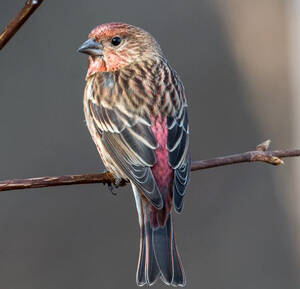
Carpodacus roseus
Carpodacus roseus,Pallas's Rosefinch,Tit
Pallas's Rosefinch, also known as Pallas's Rosefinch, has two subspe···
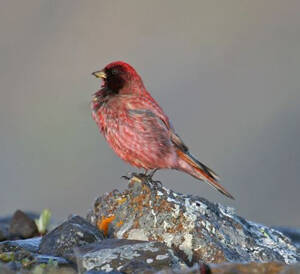
Carpodacus roborowskii
Carpodacus roborowskii,Tibetan Rosefinch,Tibetan Vermilion Bird, Tibetan Vermilion Bird
Tibetan Rosefinch is a high mountain and plateau desert bird with no subspec···
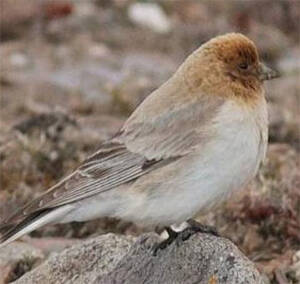
Carpodacus sillemi
Carpodacus sillemi,Sillem's Rosefinch,White-rumped rosefinch, White-rumped ridgefinch, Red-headed ridgefinch, Salem rosefinch
Brown-headed Rosefinch, also known as Sillem's Rosefinch in English, is ···
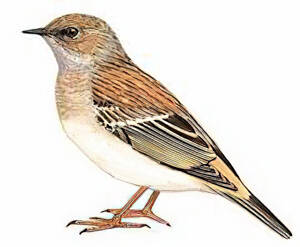
Prunella koslowi
Prunella koslowi,Mongolian Accentor,Desert Pipit,
The Helan Mountain Rock Pipit, also known as the Mongolian Accentor, is a sm···
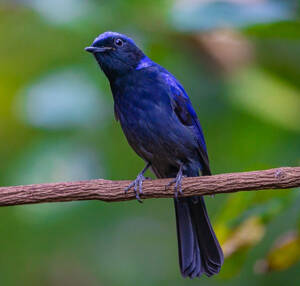
Niltava grandis
Large Niltava,Niltava grandis
The foreign name of the large niltava is Large Niltava, and there are 4 subs···
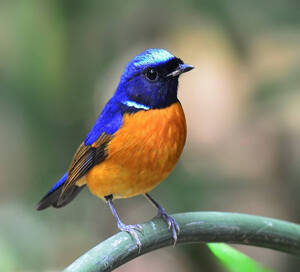
Niltava davidi
Niltava davidi,Fujian Niltava,Fujian Flycatcher
The foreign name of the brown-bellied great flycatcher is Fujian Niltava, an···
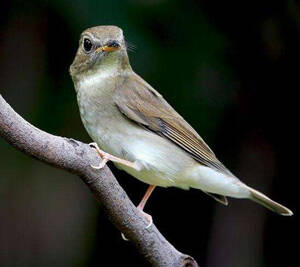
Rhinomyias brunneatus
White-gorgetted Jungle Flycatcer,Rhinomyias brunneatus,Rhinomyias brunneata
White-throated Jungle Flycatcer is also known as White-gorgetted Jungle Flyc···
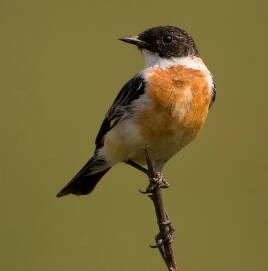
Saxicola insignis
Saxicola insignis,Hodgson's Stonechat,Ho's Tree Rock Bird
The white-throated stonechat is also known as Hodgson's Stonechat. It is···
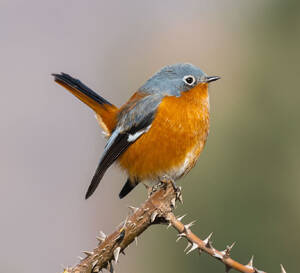
Phoenicurus alaschanicus
Phoenicurus alaschanicus,Ala Shan Redstart
Helanshan Redstart, also known as Ala Shan Redstart, is a medium-sized redst···
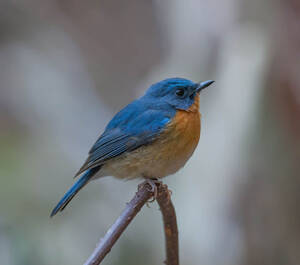
Tarsiger hyperythrus
Tarsiger hyperythrus,Rufous-breasted Bush Robi
Rufous-breasted Bush Robin, also known as Rufous-breasted Bush Robin, is a b···
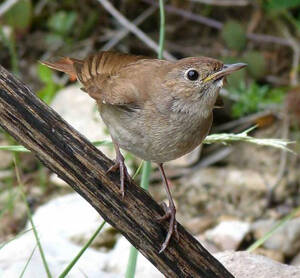
Luscinia megarhynchos
Luscinia megarhynchos,Common NightingaleNightingale,Night Robin
Xinjiang Nightingale is a small bird of the family Flycatcher and the genus ···
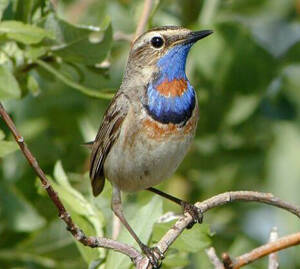
Luscinia svecica
Luscinia svecica,Bluethroat,Bluethroat, Bluegrass, Bluethroat, Bluethroat, Blue-throated
Bluethroat, also known as Bluethroat in English, has 10 subspecies.Bluethroa···
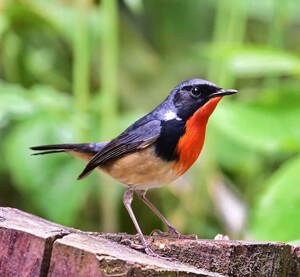
Luscinia pectardens
Luscinia pectardens,Firethroat
The Firethroat, also known as the Golden-breasted Robin, is a species of bir···
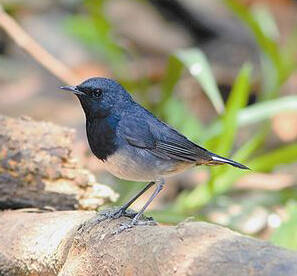
Luscinia obscura
Luscinia obscura,Calliope obscura,Black-throated Robin,Blackthroat,nightingale
Blackthroat, foreign name Blackthroat, no subspecies.Regarding the taxonomic···
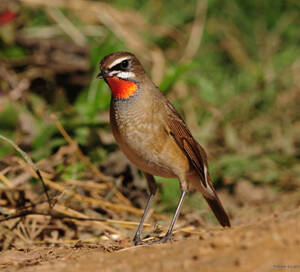
Calliope calliope
Calliope calliope,Siberian Rubythroat,Siberian robin, red-throated robin, red-throated robin, red-necked robin, robin
The Siberian Rubythroat is a songbird of the class Aves and family Flycatche···
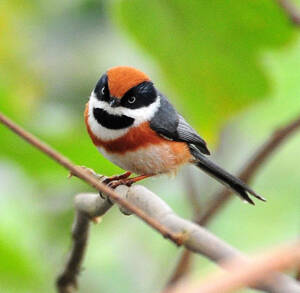
Luscinia ruficeps
Rufous-headed Robin,Luscinia ruficeps
The Rufous-headed Robin is a very rare endangered species.The Rufous-headed ···
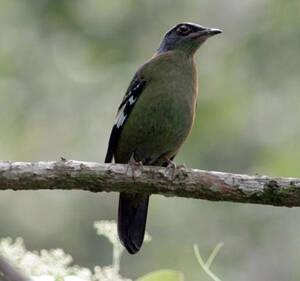
Cochoa viridis
Cochoa viridis,Green Cochoa,Green Thrush,
Green Cochoa, also known as Green Cochoa, is a bird of the family Thrushidae···
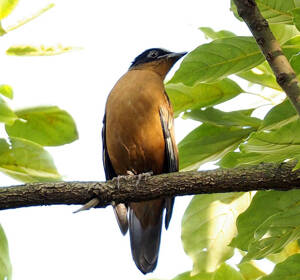
Cochoa purpurea
Cochoa purpurea,Purple Cochoa,Purple Thrush
Purple Cochoa, also known as Purple Cochoa in English, is a bird of the genu···
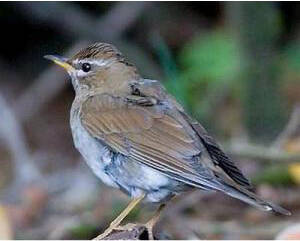
Turdus feae
Turdus feae,Grey-sided Thrush, Fea's Thrush,
Grey-sided Thrush is a medium-sized bird of the family Thrushidae and the ge···
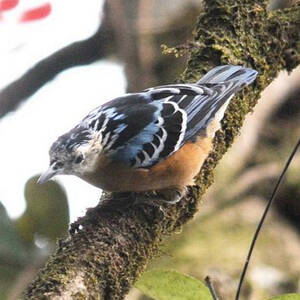
Sitta formosa
Sitta formosa,Beautiful Nuthatch
Beautiful Nuthatch, also known as Beautiful Nuthatch in English, is a small ···
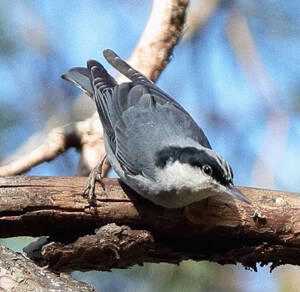
Sitta magna
Sitta magna,Giant Nuthatch
Giant Nuthatch, also known as Giant Nuthatch in English, is a small songbird···
